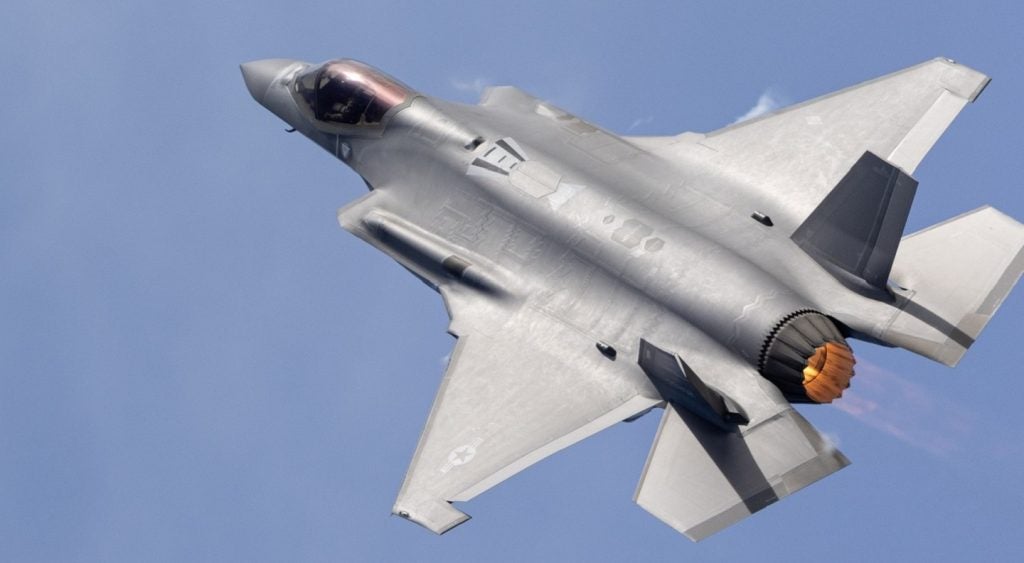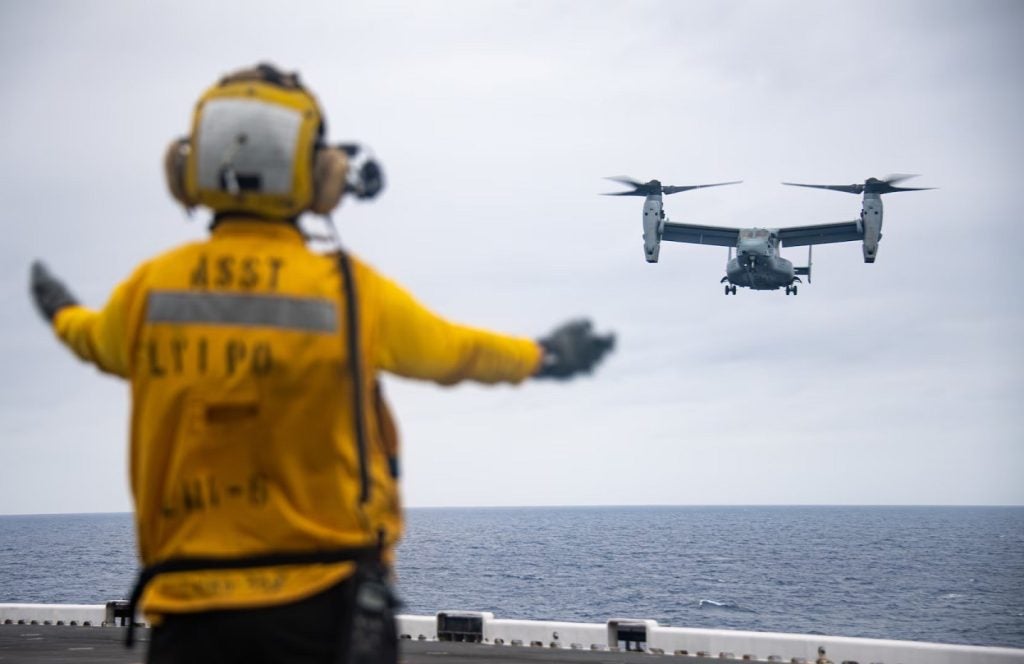
Northrop Grumman has successfully flown a US Air Force (USAF) optical bar camera broad-area synoptic sensor for the first time aboard a RQ-4 Global Hawk high-altitude long endurance unmanned aircraft system (UAS).
The latest flight marks the second of three planned demonstrations of sensors that are previously unavailable on the Global Hawk, Northrop said in a statement.
The broad-area sensor is designed to provide panoramic and unalterable imagery for the warfighter, allies and governments.
Northrop Grumman Global Hawk programme vice-president and programme manager Mick Jaggers said: “The successful flight of the Optical Bar Camera is another significant step in the evolution of Global Hawk.
"It’s the result of our focus on increasing capability, reducing sustainment costs and fielding the open mission systems architecture that enables faster integration of cutting edge sensors at lower costs.
See Also:
“We’ve proved that our open mission systems architecture and our universal payload adapter work very well and enable Global Hawk to deliver new multi-mission capabilities to the USAF.”
How well do you really know your competitors?
Access the most comprehensive Company Profiles on the market, powered by GlobalData. Save hours of research. Gain competitive edge.

Thank you!
Your download email will arrive shortly
Not ready to buy yet? Download a free sample
We are confident about the unique quality of our Company Profiles. However, we want you to make the most beneficial decision for your business, so we offer a free sample that you can download by submitting the below form
By GlobalDataThe company also flew a SYERS-2 intelligence gathering sensor in February this year and plans to fly an MS-177 multi-spectral sensor later this year.
To date, NASA has successfully integrated and flown more than 30 different information-gathering payloads on Global Hawk.
The USAF's existing Global Hawk models are capable of carrying an enhanced integrated sensor suite (EISS), airborne signals intelligence payload (ASIP) and multi-platform radar technology insertion programme (MP-RTIP).
Image: The RQ-4 Global Hawk. Photo: courtesy of Northrop Grumman Corporation.







